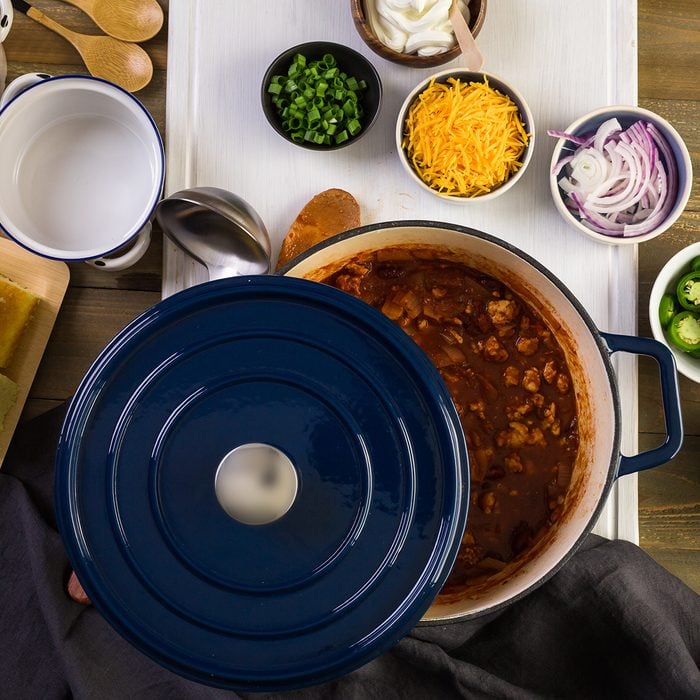
Cooking Over High Heat
Avoid heating a Dutch oven on high heat; you may scorch the finish. The benefit of cast iron is that it holds heat very well. Heating over medium is totally adequate. You can generally go even lower once the pot is warmed up. Try this method in these Dutch oven recipes.
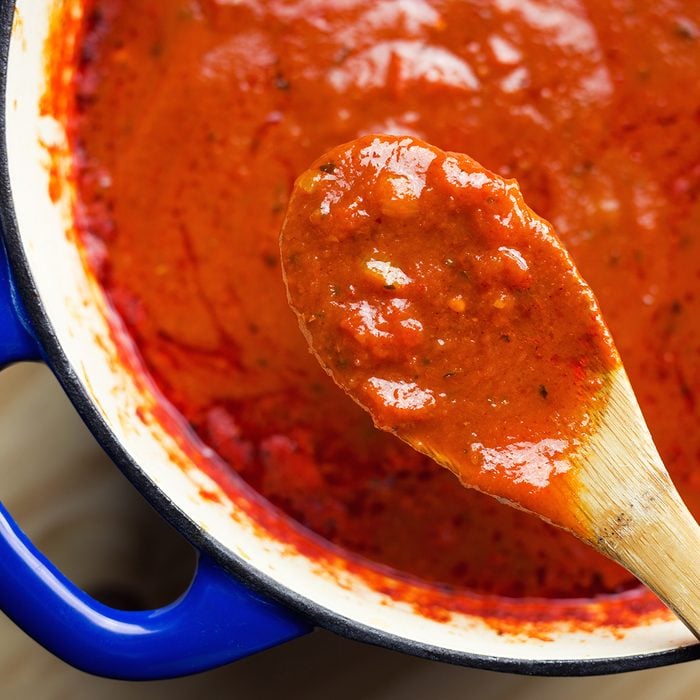
Using Metal Utensils
Most Dutch ovens are made with enameled cast iron, which is wonderfully nonstick but can scratch. Avoid using metal utensils, which can scrape the finish. Instead, reach for silicone, plastic or wood.
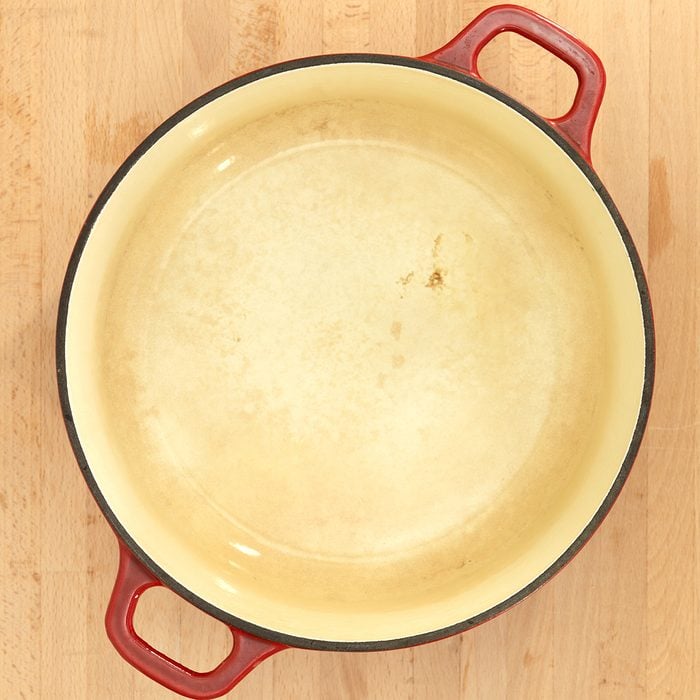
Scouring Stains
Enameled cast iron can get discolored with use. Instead of scouring it with steel wool or harsh detergents, which can damage the finish, go natural. Heat water and baking soda on the stovetop until boiling, and let cool. The stains should lift.
These are our favorite Dutch ovens on the market.
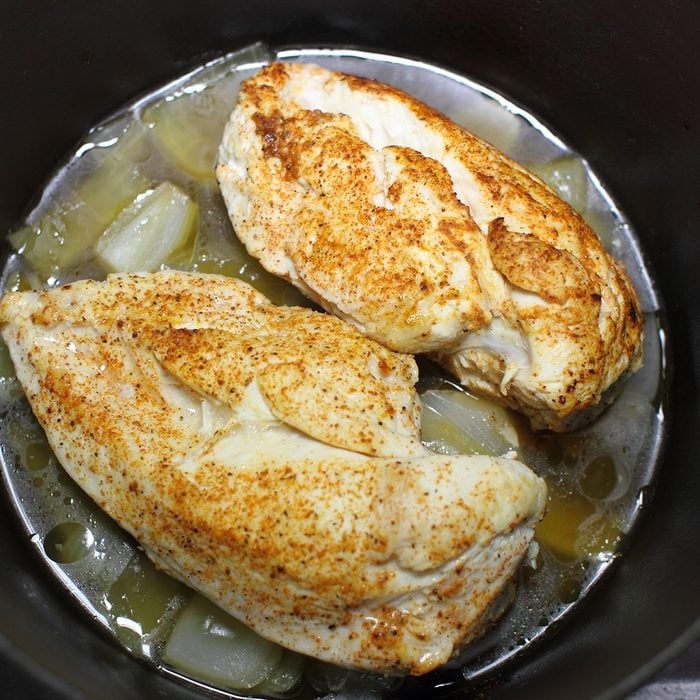
Heating Up Dry
The enamel can crack if heated when empty, so never set a dry cast-iron pan over a flame. Instead, pour in some fat, like oil or butter, to heat up along with the iron. Some liquid, like broth or even water, will also keep the surface safe.
Warm up with these Dutch oven recipes for winter.
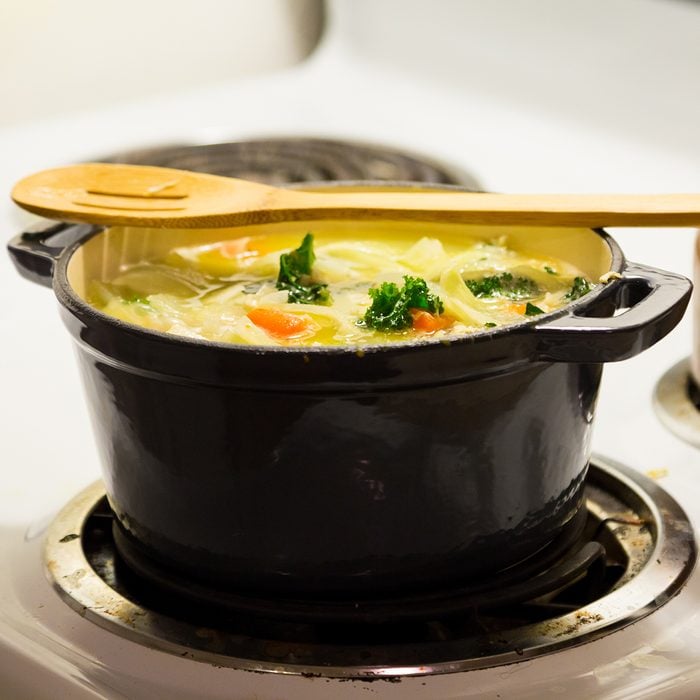
Switching Temperatures Too Quickly
One of the best things about cast iron is that it can go from stovetop to tabletop to fridge. The trick is to go slowly. Rapidly changing temperatures can cause cracking. Don’t put a cold Dutch oven in a hot oven, for example: put it in a cold oven and preheat them together. Here’s why.
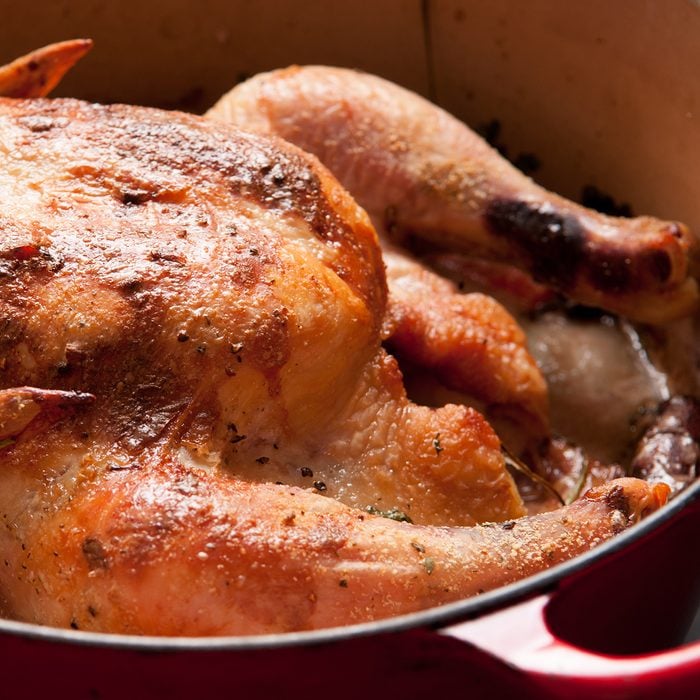
Putting the Plastic Handle in Oven
Dutch ovens are oven-safe, making them ideal for braising meat or baking bread. If you’re baking on high heat, beware: your pot is probably heatproof, but the knob on the lid often has a heat limit below 400º. Simply twist off the knob and bake without it, or use a metal knob.
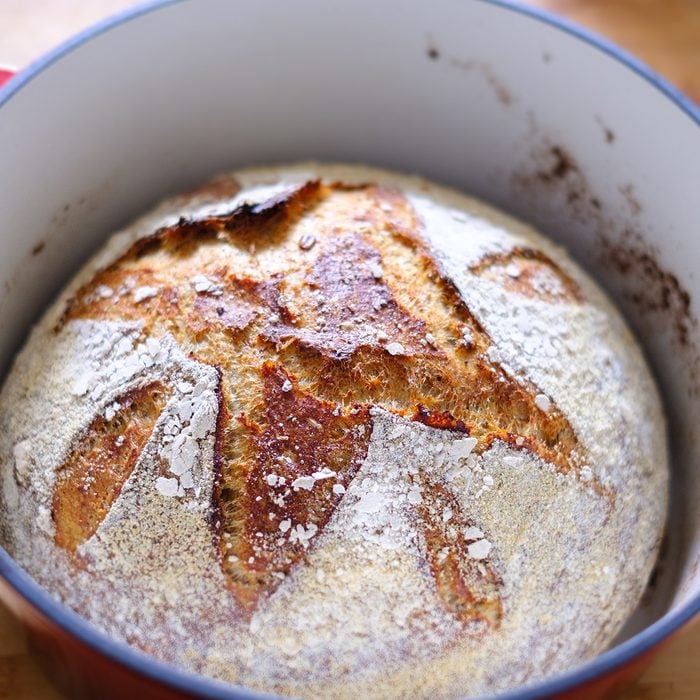
Only Using It For Stews and Soups
Yes, your Dutch oven is the ideal vessel for cooking just about any cozy soup and stew. But did you know it can also bake a loaf of bread? Try this and these other unexpected Dutch oven recipes.
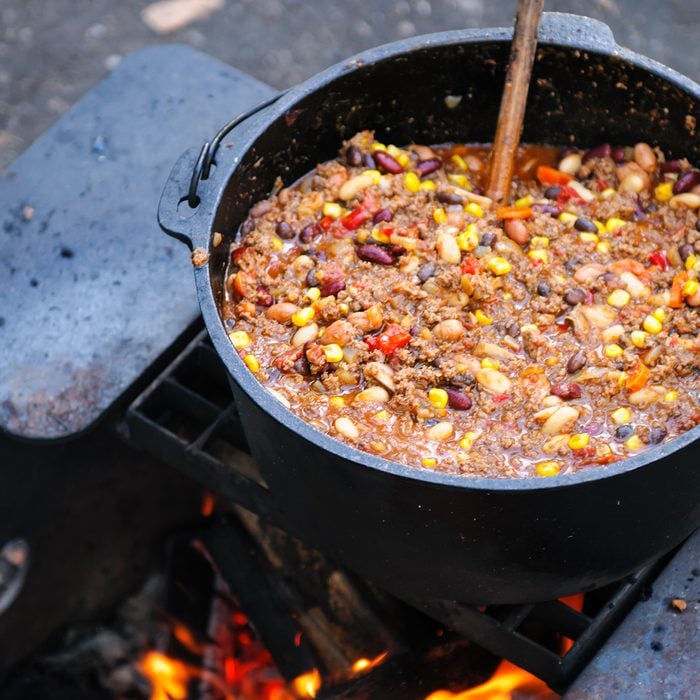
Not Thinking Outside the Kitchen
Exciting news for campers: Dutch ovens don’t need to stay on the stovetop or in the oven. Almost all Dutch ovens can cook on a grill top or directly over a flame. Next time you go camping, make these Dutch oven recipes to make over a campfire.
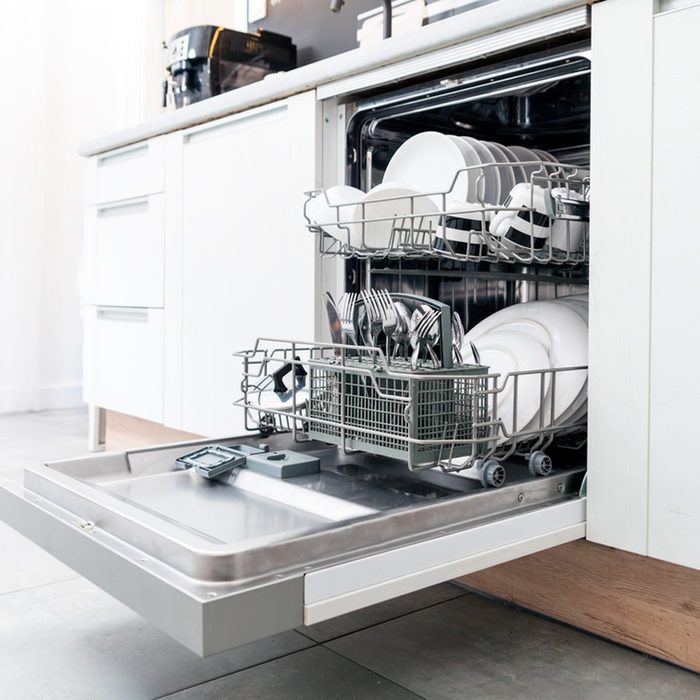
Putting It in the Dishwasher
Although many Dutch ovens say they can be put in the dishwasher, it’s best to wash them by hand. The dishwasher’s high heat and harsh atmosphere can wear away at the enameled finish. The best way to wash a Dutch oven is by hand in warm, soapy water and dry promptly.
